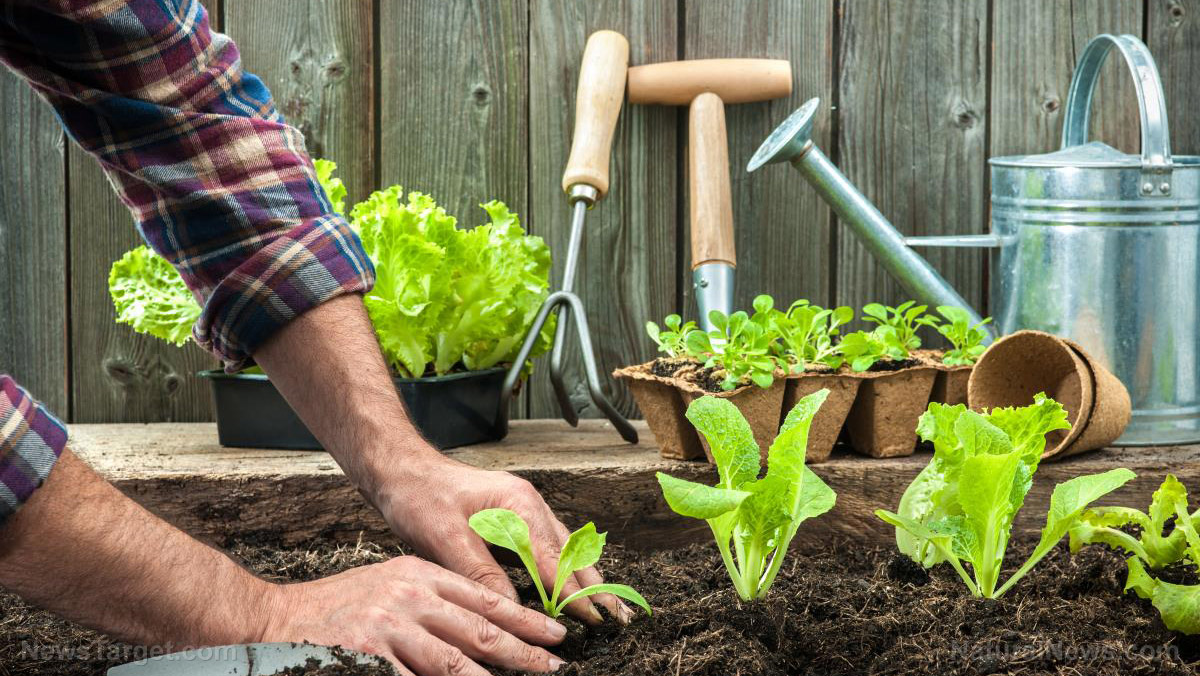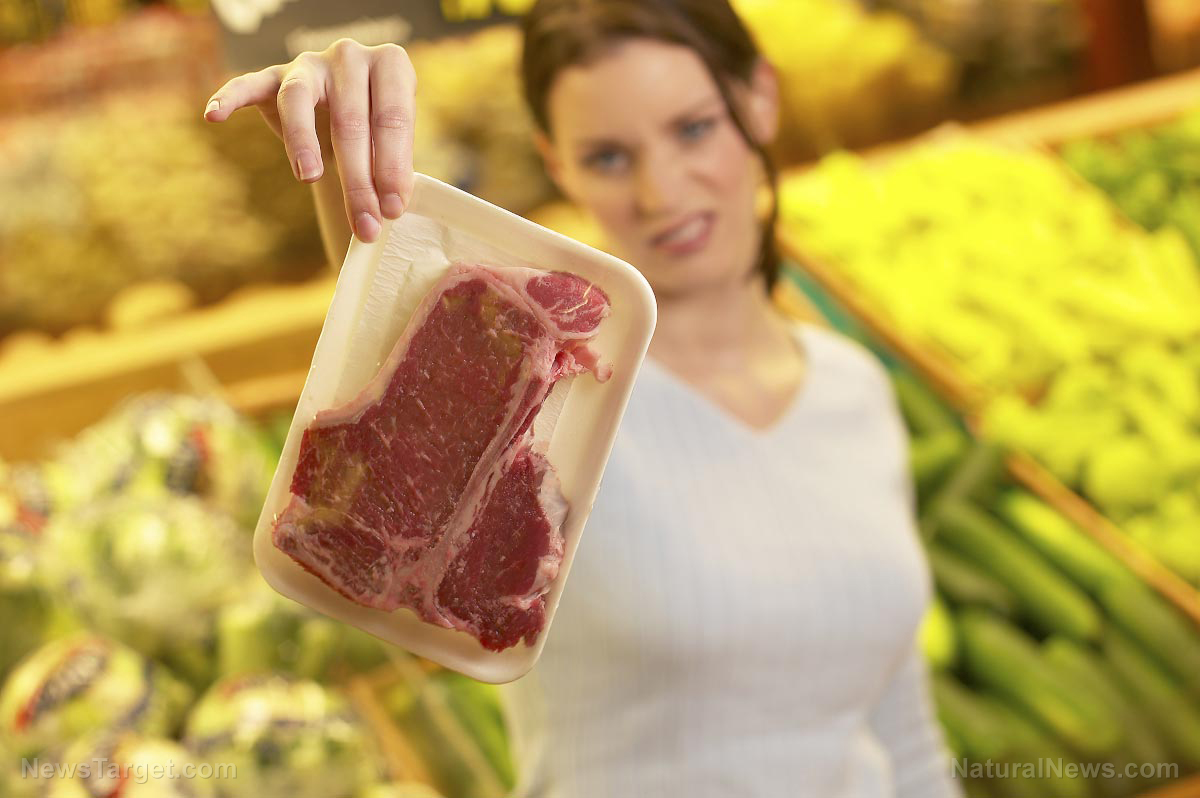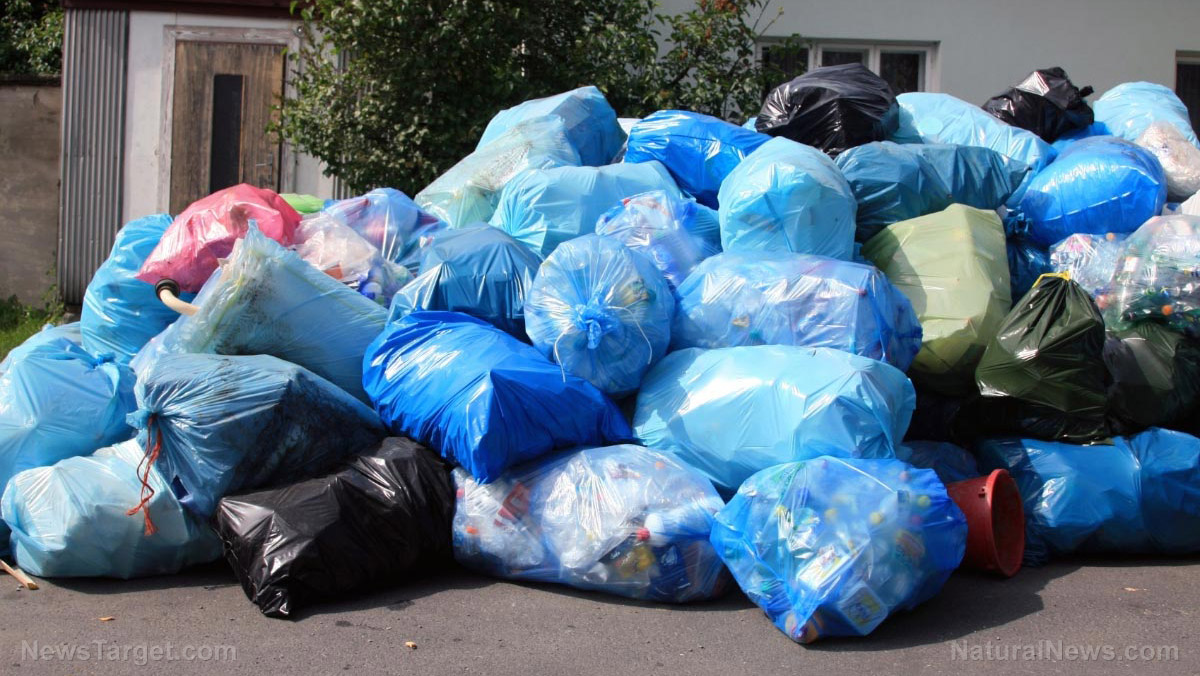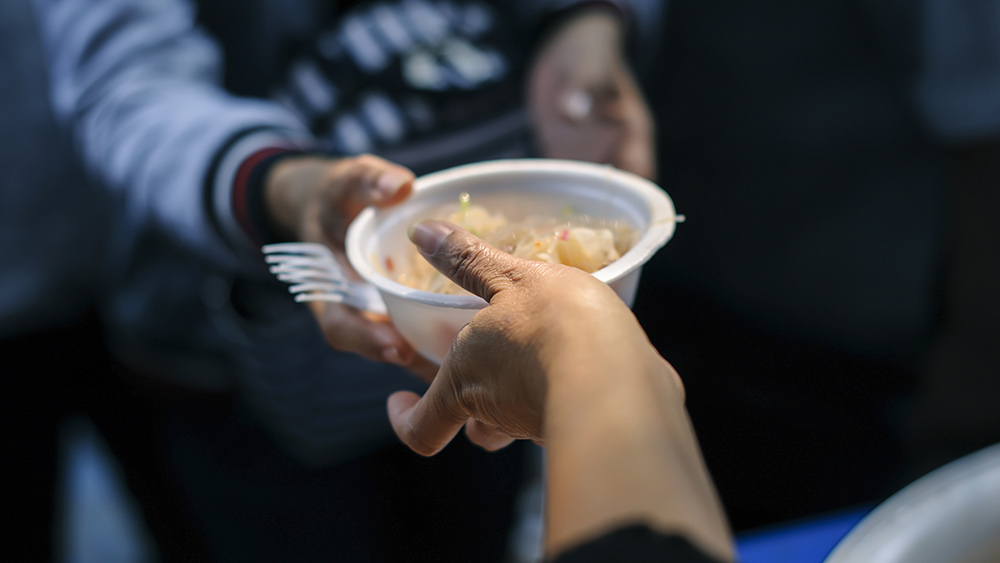
Lettuce, a cool-season crop, develops best in cool but not chilling temperatures. Growing plants in containers also allow you to control weeds and pests more easily than in large gardening spaces. Not to mention, it affords you quick access to leaves for your salads. (Related: 6 spring vegetables you can start planting now.)
Choose the right container
Lettuce requires the right type of containers to plant them in. They need ample room for roots, but you can also grow several varieties in six to 12-inch pots. Lettuce can be grown in plastic or terra cotta planter pots, but you have plenty of other choices because they don't require more than four inches of soil to anchor and thrive.
You can even grow lettuce in plastic gallon bottles that have openings on the sides. Buckets, large coffee cans without their lids, hanging baskets, boxes or even large plastic cups are all on the table. A four- to six-inch container can hold up to three lettuce plants. (Related: Shake up your indoor gardening by planting these 8 fruits and vegetables in buckets.)
Lettuce needs a consistent supply of moisture due to their water content, but it is important to note that they cannot tolerate wet roots, either.
Clay pots provide a permeable surface that allows excess water to evaporate. It also prevents soggy roots. Just make sure that there are adequate drainage holes in the type of container that you choose.
Use professional soil mix
Use professional soil mix for planting lettuce in containers. This mix is formulated to hold water and provide more nutrients for your vegetation. This mix is usually peat or compost soil, and has either vermiculite or perlite to help with water retention.
Depending on the size of your container, choose a lettuce mix labeled "cut and come again." These offer repeat harvests. Other varieties that are good for small spaces include Black Seeded Simpson and the red or green oak leaf types. Moreover, loose-leaf lettuces are better suited for pots than head lettuce.
Growing lettuce in a container also needs attention and management. Planting lettuce in garden containers can be done by direct sowing or transplants. Once you have your soil ready, fill up your container almost to the top, leaving at least an inch of space for watering. Leave more at the top if you plan to mulch.
Transplanting lettuce heads
Before transplanting your lettuce heads, add half a tablespoon of time-release fertilizer per gallon of soil. Transplants should be buried a quarter of an inch deeper than they would be in garden soil and set six to 12 inches apart. Seeds can be sown when soils are not frozen at half an inch deep and four to 12 inches apart.
When growing lettuce in containers, always remember to water them. Lettuce has shallow roots and responds best to consistent shallow watering. Plants that are grown in the garden need at least an inch of water per week, but lettuce in pots needs a bit more.
Use a hydroponic system
You can also plant your lettuce using a hydroponic system. Start by using a storage bin that is at least 18 by 24 inches in size and holds up to 10 gallons of water or more. Mark eight evenly-spaced drill points on the lid and use a two-inch hole saw to drill holes in them. Add water until it is just one inch below the lid.
Mix the lettuce formula with two warm cups of water. Use a Masterblend Lettuce formula and Magnesium sulfate in the first cup and add calcium nitrate in the second cup. Follow the instructions on the packets for the best ratio. Stir until the chemicals fully dissolve. Add the mixes into the bin and stir.
Plant your seeds in a coco coir and place them over the holes of the container. Place outside or under grow lights. You should have lettuce in four to five weeks.
When harvesting, cut the outside leaves of loose lettuce when they are young. The leaves will then grow back and you can cut away the entire plant. Remember to cut them when they are tender as they are quick to "mature" and tend to become bitter.
Follow GreenLivingNews.com for more tips on planting in small spaces.
Watch the video below to learn how to grow eight heads of lettuce in a storage bin.
This video is from the Prevent Global Genocide channel on Brighteon.com.
More related stories:
4 fruits and vegetables to start planting in April.
6 Vegetables to plant now for a fall harvest.
9 vegetables that are the easiest to grow in containers.
Home gardening basics: How to grow these 5 vegetables that maximize your crop yield.
6 Best containers for growing vegetables.
Sources include:
Please contact us for more information.























